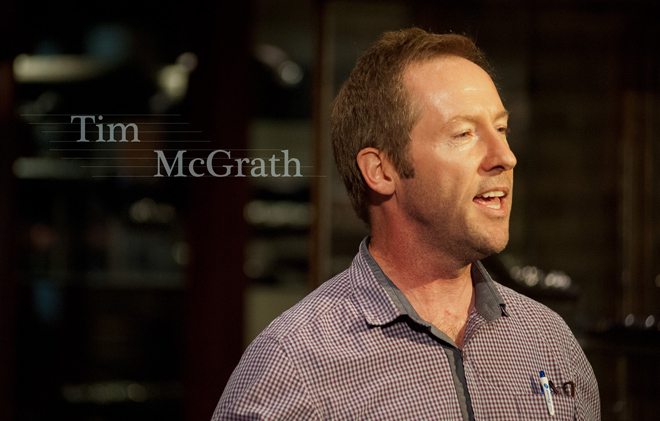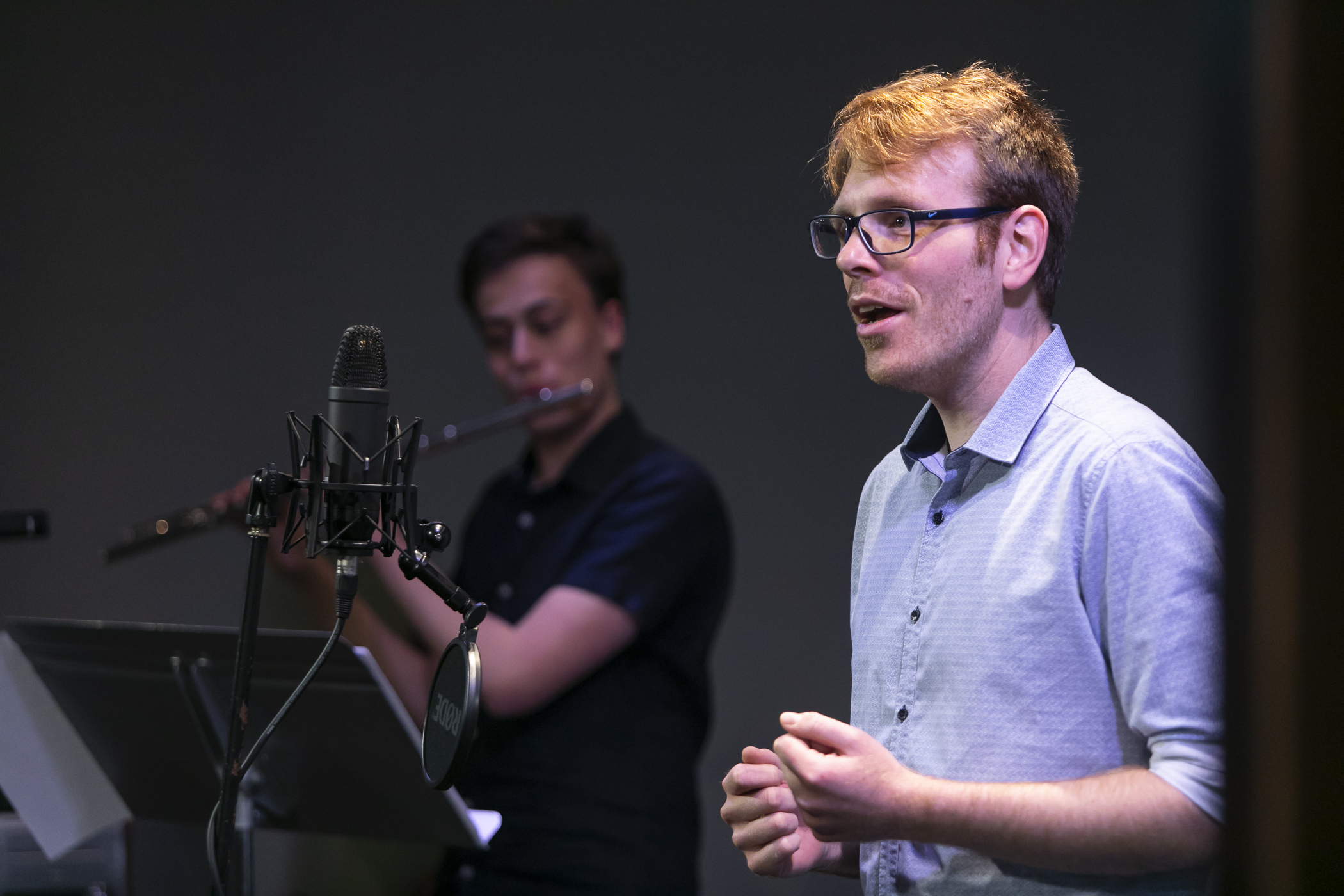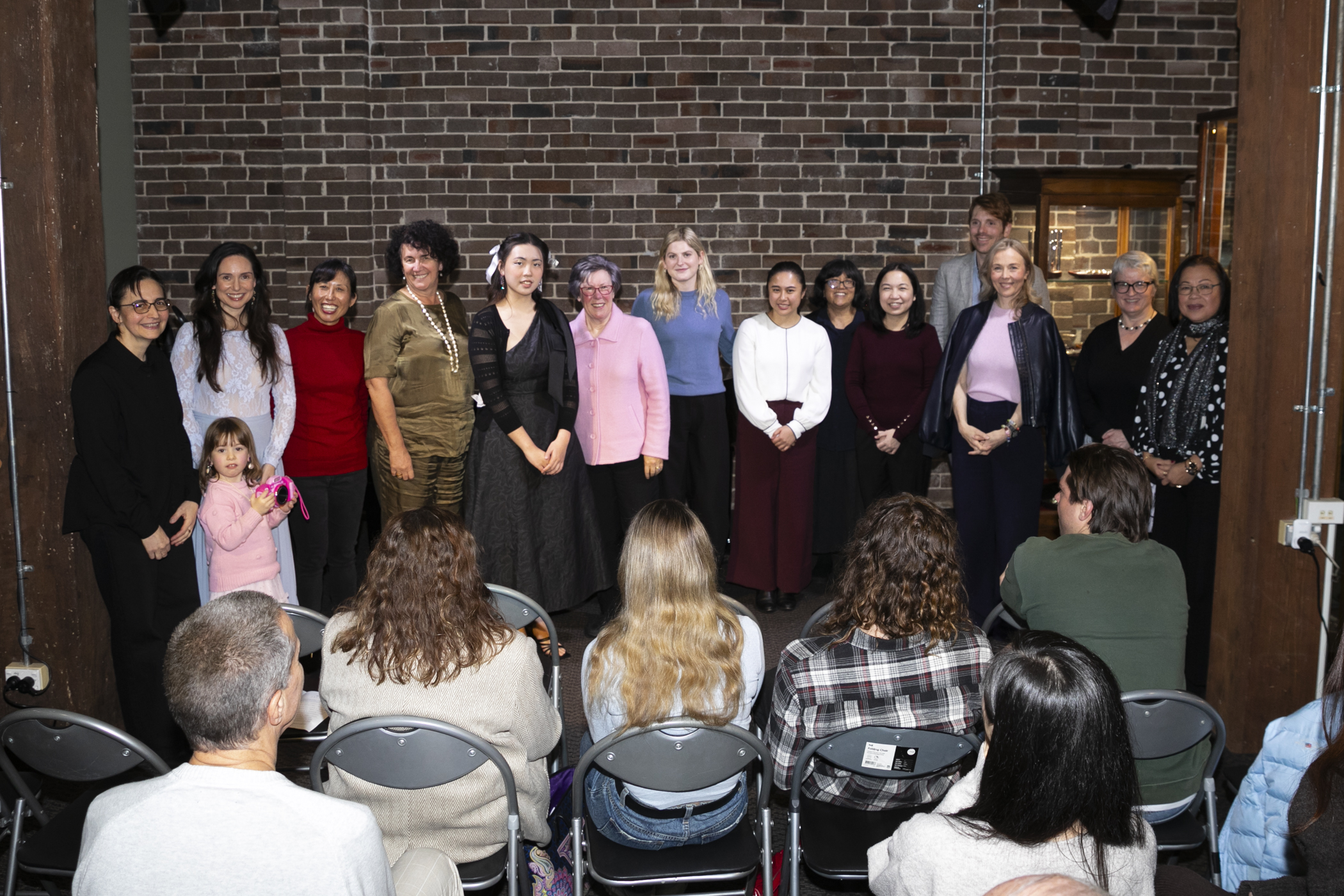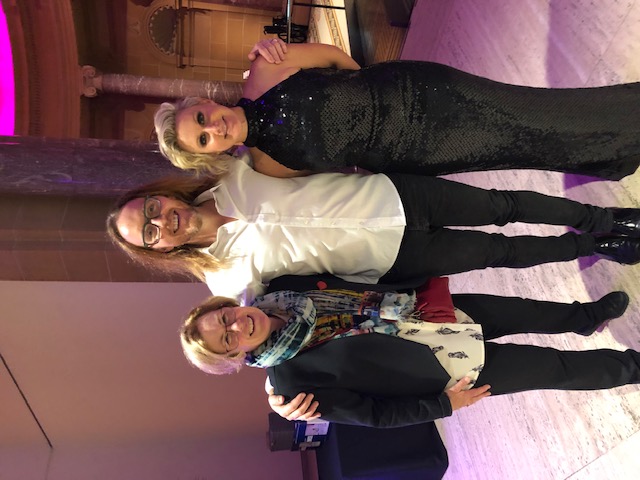Too macho for falsetto? Think again. It’s about strength and agility.
They say nothing worthwhile ever comes easily and that’s certainly the case with singing falsetto.
“I can’t get the high notes,” or “my voice sounds croaky up there,” are common complaints with many male singers either taking the key down or abandoning their upper register all together. My advice: don’t give up. The upper voice is where you can achieve a brilliant sound if you stick at it.
Falsetto is a vocal technique that allows male singers to sing higher than their normal range. In fact, it’s where the male voice is at its highest. The vocal chords are stretched long and thin, producing a high-pitched sound.
You’ll know what I mean if you’ve heard Frankie Valli sing ‘Big Girls Don’t Cry’. Michael Jackson also used falsetto in many of his songs, along with belt and mix voice. (However, pop falsetto shouldn’t be confused with the powerful, clear sounds produced by a counter tenor.)
Some men may question the rationale behind sounding like a boy, yet practising falsetto is an excellent way to strengthen the muscles and ligaments required to sing in the upper voice. In the long term, it helps you transition between the middle range and head voice with ease and agility.
Hitting high notes
 Brett Kensett-Smith, one of my students who started working on falsetto three months ago, has noticed his head voice grow stronger. “I had no idea practising falsetto would strengthen my head voice,” said Brett.
Brett Kensett-Smith, one of my students who started working on falsetto three months ago, has noticed his head voice grow stronger. “I had no idea practising falsetto would strengthen my head voice,” said Brett.
Brett is the lead singer in a band with a few other fathers from his children’s school, who perform at their annual fundraising dinner. At last year’s event, many of the rock and pop songs they performed challenged Brett’s upper register. “I don’t think I did a particularly good job with them…on the top notes at least,” he said. “This time I was so much happier with the way my voice held out. I hit the higher notes and managed to have better vocal stamina! I even managed a 30-minute warm up before we went on.”
A word of caution
It pays to make haste slowly when it comes to falsetto. Start small with short bursts of practice and gradually increase the time. Often you need the help of a qualified singing teacher to guide your progression, especially if you have a voice dysfunction. Learning to keep your throat open while singing falsetto is one of the first steps.
For the more macho men out there, bring your sense of humour to private singing lessons, as learning falsetto often requires stepping outside your comfort zone. Also, don’t expect a crystal clear sound from the start. It takes practice to sing falsetto well, so expect a hazy tone and some croakiness along the way.
Small exercises working on vowels is a good place to begin, like the double e and double o vowel sounds. Singing ‘vee’ three notes up and two notes back is another good exercise, as is slowly singing ‘nooh’ down three notes.
As you practise, keep the vibration and resonance high and the sound light. You should feel a buzzing in your head and as a final tip, ensure you don’t close your throat; keep the air moving through your body and voice throughout the exercise.
With time and practice, you’ll be well on your way to not only achieving falsetto, but also transitioning smoothly between your registers.
As falsetto is just one part of the registration topic, stay tuned for another article that further explores the issue of registration in others parts of the voice.
Kathleen Connell is a Sydney-based singing teacher and vocal coach who trains both aspiring and accomplished singers in technique and vocal skills. She is an active member of ANATS, a writer and PhD candidate at Griffith University.




